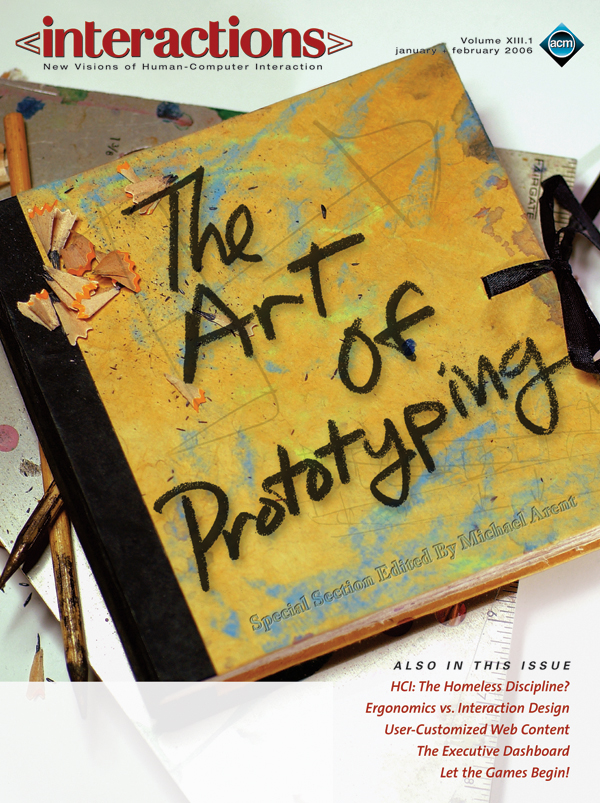Authors:
Leo Frishberg
In the generally accepted approach to User Centered Design (UCD), the designer/investigator researches the needs of the target population, analyzes and transforms the raw data, and then synthesizes a solution ultimately reviewed by users who determine its fitness. Reducing the "gap" between the analysis and synthesis steps is key to improving the outcome of design activities [2]. In Lewis Carroll's Through the Looking Glass Alice faces a puzzling and paradoxical approach to serving cake [1]. A process I call Presumptive Design turns the traditional practice of UCD upside down in a similarly paradoxical way. The designer, with minimum input…
You must be a member of SIGCHI, a subscriber to ACM's Digital Library, or an interactions subscriber to read the full text of this article.
GET ACCESS
Join ACM SIGCHIIn addition to all of the professional benefits of being a SIGCHI member, members get full access to interactions online content and receive the print version of the magazine bimonthly.
Subscribe to the ACM Digital Library
Get access to all interactions content online and the entire archive of ACM publications dating back to 1954. (Please check with your institution to see if it already has a subscription.)
Subscribe to interactions
Get full access to interactions online content and receive the print version of the magazine bimonthly.







Post Comment
No Comments Found